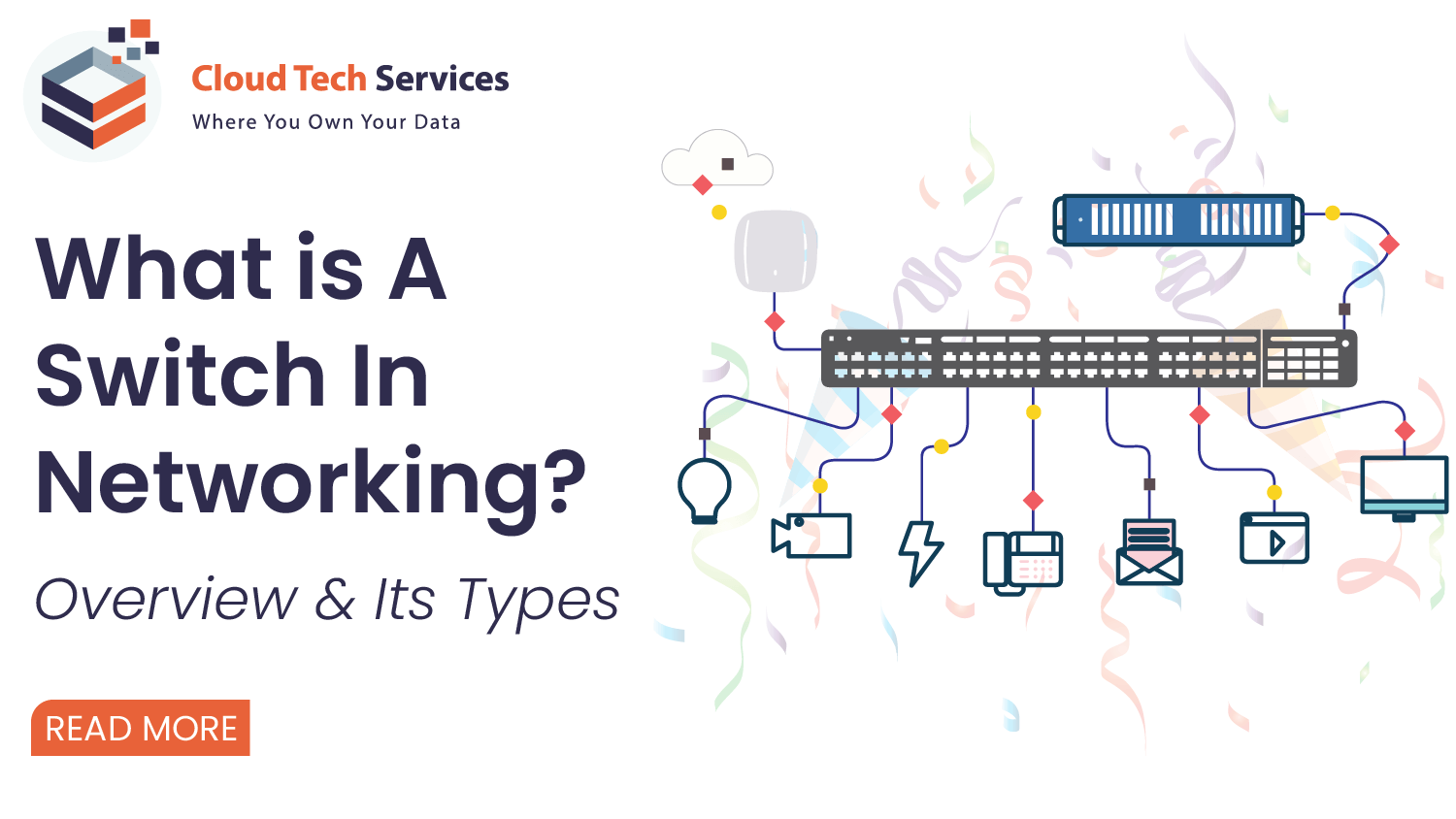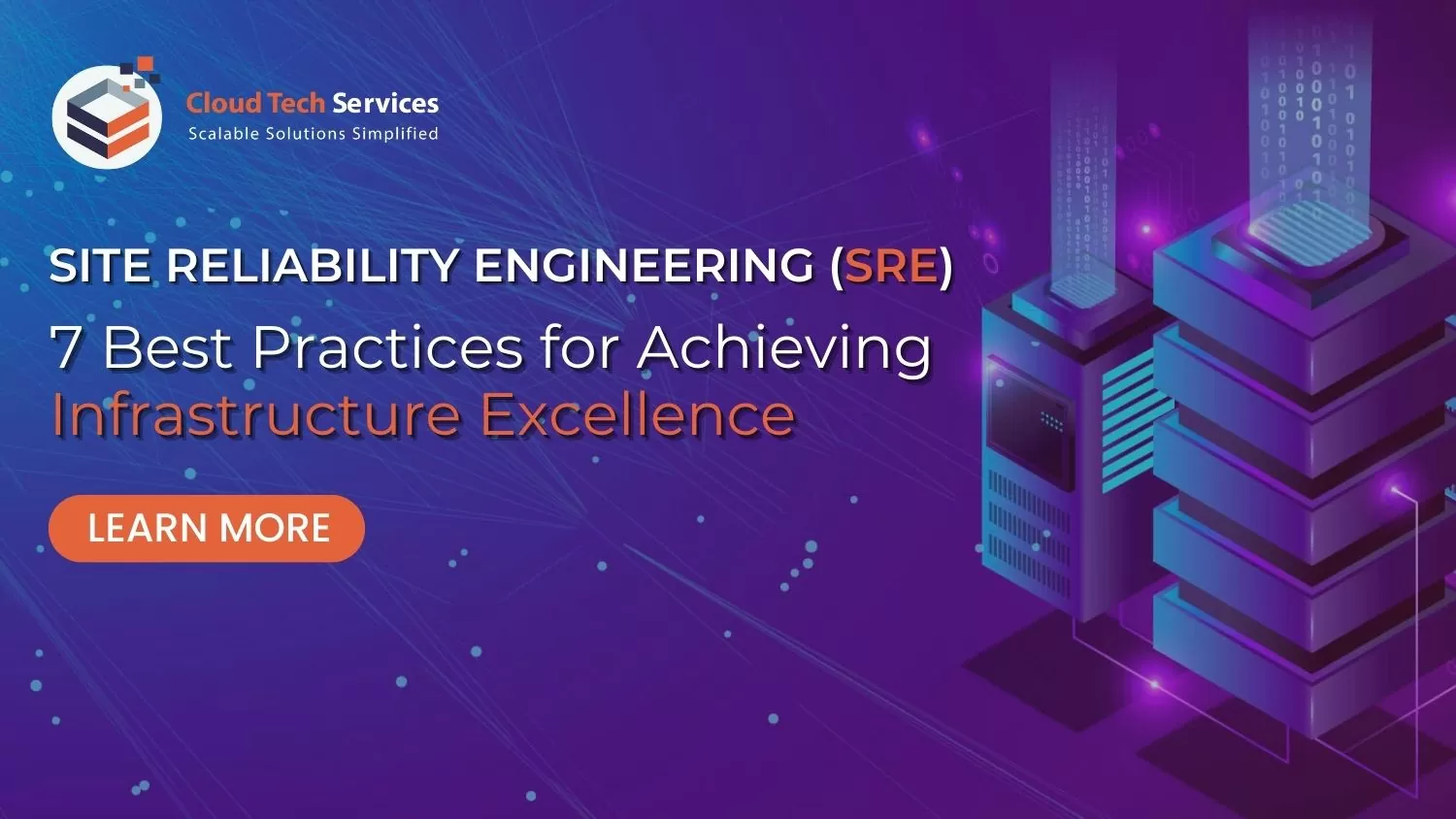7 SRE Best Practices to Achieve Infrastructure Excellence
Every business strives for customer satisfaction, but service failures are the ultimate nightmare. You invest heavily in planning and preparation, yet outages still strike, leaving users frustrated and questioning your service’s reliability.
This constant downtime threat creates a dilemma: how do you keep pushing forward with innovative new features while maintaining a smooth user experience? It’s a constant tug-of-war between progress and stability.
This is where Site Reliability Engineering (SRE) comes in. SRE is a proven approach that empowers organizations to build, maintain, and scale highly reliable software systems. It bridges the gap between development and operations teams, fostering collaboration to achieve optimal performance and uptime.
What is SRE and Why is it Important?
SRE teams are comprised of engineers who apply software engineering principles to IT operations. They are responsible for ensuring the reliability, scalability, and performance of an organization’s infrastructure. This includes tasks like:
- Monitoring system health and performance
- Automating routine tasks
- Implementing proactive measures to prevent outages
- Responding to and resolving incidents efficiently
- Collaborating with developers to ensure code deployments are smooth and reliable
By adopting SRE best practices, businesses can reap significant benefits:
- Reduced Downtime and Increased Availability: SRE’s focus on proactive monitoring and incident prevention helps minimize downtime and ensures your systems are available when users need them most.
- Improved Scalability: Modern infrastructure needs to be adaptable to meet fluctuating demands. SRE principles equip teams to handle spikes in traffic or data growth without compromising performance.
- Optimized Resource Utilization: SRE promotes automation and efficient resource allocation, leading to cost savings and a more streamlined IT environment.
- Faster Innovation: By eliminating toil and focusing on proactive measures, SRE frees up development teams to focus on innovation and feature development.
- Culture of Continuous Improvement: SRE fosters a culture of learning and experimentation, encouraging teams to constantly seek improvement in their infrastructure practices.
The Importance of SRE Best Practices in the Cloud Era
Cloud computing has revolutionized IT infrastructure, offering businesses greater flexibility, scalability, and cost-efficiency. However, the complexity of managing cloud-based infrastructure has also increased.
Here’s how SRE best practices can help businesses navigate the cloud landscape:
- Proactive Monitoring: Identify potential issues before they escalate with continuous vigilance.
- Automation: Automate repetitive tasks (e.g., provisioning) for efficient management of large cloud deployments.
- Standardized Infrastructure: Leverage Infrastructure as Code (IaC) to ensure consistency and repeatability across cloud deployments.
- Shift-Left Approach: Integrate SRE principles early in development to identify reliability issues from the start.
- Measurable SLOs: Define clear Service Level Objectives (SLOs) based on user needs and business goals to track progress and optimize infrastructure.
- DevOps Collaboration: Foster a culture of shared responsibility and continuous integration/delivery (CI/CD) by bridging the gap between development and operations teams.
- Continuous Learning: Embrace a growth mindset within IT teams. Learn from incidents and stay updated on evolving technologies.
The Challenges of Implementing SRE In-House
While the benefits of SRE are undeniable, building and managing an in-house SRE team can be challenging for many businesses, especially SMBs. Here are some of the roadblock’s organizations often face:
- Lack of Expertise and Resources: Building an SRE team requires recruiting engineers with specialized skillsets in areas like automation, monitoring, and cloud technologies. This can be a time-consuming and expensive process, particularly for smaller companies.
- High Costs: In addition to hiring costs, maintaining an in-house SRE team involves ongoing training, infrastructure maintenance, and tooling expenses. These costs can quickly add up, especially for organizations with limited IT budgets.
- Keeping Pace with Change: The technology landscape is constantly evolving. Maintaining an in-house SRE team requires ongoing investment in keeping skills and knowledge current. This can be a significant challenge for businesses that lack dedicated training resources.
Introducing SRE as a Service: A Powerful Solution
Cloud Tech Services’ SRE as a Service offering provides a compelling alternative to building and managing an in-house SRE team. We offer a team of experienced SRE professionals who can help you achieve infrastructure excellence without the burden of internal resource management. Here’s how our SRE as a Service can address your challenges:
- Access to a Team of Experts: You gain immediate access to a team of highly skilled SRE professionals who possess the experience and knowledge to optimize your infrastructure.
- Reduced Costs and Improved ROI: Our service eliminates the need for expensive recruitment, training, and infrastructure investment. You only pay for the services you need, leading to a more predictable and cost-effective approach to SRE.
- Scalable Expertise: Our team can scale its expertise to meet your specific needs, whether you require ongoing support or assistance with a specific project.
- Faster Time to Value: By leveraging our expertise, you can quickly implement SRE best practices and start reaping the benefits of a more reliable and scalable infrastructure.
Conclusion: Building a Strong Foundation for the Future
By adopting SRE best practices, you can build a rock-solid foundation for your IT infrastructure. This translates to increased uptime, improved performance, and a competitive advantage in today’s digital marketplace. However, building and maintaining an in-house SRE team can be a complex and resource-intensive undertaking.
Cloud Tech Services’ SRE as a Service provides a powerful solution for businesses of all sizes. Our team of experts can help you achieve infrastructure excellence without the burden of internal resource management.
Contact Cloud Tech Services today for a free consultation and learn how our SRE as a Service offering can help you build a more reliable, scalable, and cost-effective IT infrastructure.











